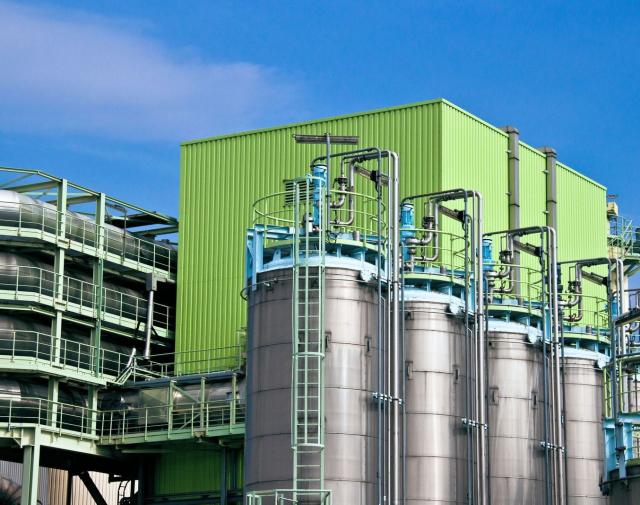Equis Environmental Projects has sensationally backed away from plans for a $250 million waste-to-energy plant in Taylors Road Dandenong South.
Environment Protection Authority Victoria (EPA) announced that Equis had formally withdrawn its development licence application for its South East Energy Recovery Facility (SEERF) on 2 March.
The surprise move was less than two weeks after public submissions opened.
“This means EPA will no longer consider the application and a development licence cannot be issued,” the EPA stated.
The EPA released the following comments from Equis: “Equis has decided to withdraw its application for a development licence for SEERF at this time but remains committed to bringing this world class technology to Victoria to help the state reach its ambitious emissions reduction and renewable energy goals.”
The EPA stated that Equis could submit for a new development licence application at any time, which would require a new consultation and notification period.
The SEERF was touted to annually burn 242,000 tonnes of mainly commercial and industrial waste otherwise headed for landfill.
It was opposed by Willow Lodge retirement village residents about 1km west of the site, as well as several Greater Dandenong councillors.
The Willow Lodge residents argued they would be sandwiched between the plant and another waste-to-energy incinerator in Ordish Road, and that their health issues would be compounded by the emissions, traffic, noise and hazards.
Planning Minister Sonya Kilkenny – who is also the local MP – was set to decide the planning permit application, bypassing City of Greater Dandenong as the planning authority.
Greater Dandenong councillor Rhonda Garad recently said that Greater Dandenong was “set to become the rubbish burning capital of the South East and we don’t even get a say in the matter”.
According to Equis, the plant would emit an estimated 168,000 tonnes of greenhouse gases a year, but would lead to a net reduction in greenhouse gases by displacing fossil-fuel-derived electricity and landfill emissions.
Operating 24/7, the SEERF was claimed to generate 25 MWe in power a year, equivalent to powering 35,000 homes.
The flue gases were said to be treated with “advanced air pollution control systems” and comply with current EPA and European Commission emission standards.







